2024 Mazda MX-5 RF vs. Toyota GR86
Time to find out how good the facelifted MX-5 really is...

For as long as we’ve been conducting MX-5 against some kind of 86 (and it’s been a while now), the comparison has always been slightly skewed. It’s hardtop versus roadster, most obviously, as well as easygoing drop-top against a more obviously focused sports car - or, as in the more recent editions, the test has pitted an abundantly available Mazda against a limited-run Toyota trading at overs like it’s a GT3. Clearly, anyone after a convertible is faced with only one choice here. But so acute are the other similarities - low weight, rear-drive, revvy four-cylinder engines and standard six-speed manual gearboxes - that pitching the two together again in the wake of a very modest MX-5 facelift proved irresistible.
Plus there’s the unavoidable fact that cars of this ilk are becoming rarer by the day. Even since comparing a GR86 with a BBR’d MX-5 less than two years ago, the Jaguar F-Type and Audi TT have ended production, another pair of cars that could be relied upon to put the wind in your hair and a smile on your face. Things have become so bad that even Toyota, that great advocate of modern, driver-focused cars, has stopped accepting UK orders of the Supra. And they don’t look like returning. We now live in a world without a Fiesta ST, where every Golf GTI is automatic, the BMW M2 lists the manual as an option, there isn’t a combustion-engined Hyundai N car and an AMG A45 is £65k. Yet you could walk into a Mazda dealer tomorrow and place an order for a 1,000kg, 7,500rpm, six-speed sports car. Perhaps even drive away with one. For as long as that can happen, and for as long as Toyota continues to say there’s ‘limited GR86 availability’ on its website (or there are delivery mileage cars in the classifieds), we’ll continue to drive them in close proximity to one another. Because (spoiler alert) they’re both brilliant.
Despite the age of the fundamentals, and despite the best efforts of the grey paint, it isn’t hard to still be immediately beguiled by the little Mazda. The minor visual update (tidying up the lights, really) has kept it looking modern and fresh - if still a little top-heavy in RF form - and just seeing a car this small and unpretentious on a 24 plate is heartening. The interior, even though the architecture was introduced before the GT86 facelift, remains preferable to the GR in its layout, functionality and material choice. The new infotainment setup looks smart in isolation and almost elegant when compared to Toyota’s etch-a-sketch screen, the fonts are a model of clarity and the important controls just work. As with so much of the MX-5 package, it’s hard not to wonder why so many other manufacturers overcomplicate the basics.


Of course, both Mazda and Toyota make a virtue of being small, light and deceptively simple. With each passing day that combination becomes more desirable to anyone disillusioned (or worse) by overweight, overwrought performance cars. Just look at them on the road here, with space in a lane and some obvious give in the chassis. The necessary compromises imposed to achieve that aren’t drastic, either; photographer Oli squeezed in the back of the Toyota okay, and a fair amount of shopping can go in the back of the Mazda. Modest doesn’t have to mean missing out, and when barely a week goes past without being told how sustainable vegan upholstery is on a 2.5-tonne plug-in V8, so the joy of driving two honest (i.e. unaided by a lithium-ion battery) 30mpg+, sub-200g/km sports cars climbs exponentially. Heavier powertrains mean heavier brakes, tyres, suspension and overall, cars.
It takes about three minutes in an MX-5 to be convinced that motor vehicles of virtually any stripe could do with being about 500kg lighter and four-fifths the size. Perhaps having become familiar with this 184hp engine since 2018 (and the 234hp Toyota since ‘22), you’ll crave a little more pep, but likely the joy of the manual gearbox, of darting between hedgerows and scampering through bends will be distraction enough. This latest ND update has brought the best from the platform, too, the MX-5 a bit less roly-poly than it was previously. The new limited-slip diff means it exits corners more decisively, power going exactly where needed the moment it’s required, and that works very nicely in conjunction with the Competition setting for the DSC. Pushing the limits is no longer the leap of faith it once seemed, thanks to a more forgiving chassis and cleverer assists. You’ll probably still want BBR springs, for the look and additional precision, though no longer do they feel essential.
Other than that, little has changed - it didn’t need to. The throttle response, pedal feel and gearshift were beyond reproach, meaning they continue as some of the best on sale. The steering isn’t quite so perfect, and having a wheel that feels a tad too big doesn't help with your sense of connection, though such is the willingness of the whole package that confidence does come. The cammy four-cylinder bark remains quite pleasant; the ride is fundamentally well sorted for the job at hand. If mode-heavy, character-light modern cars are a turn-off, the MX-5’s contemporary take on the classic sports car is still the perfect tonic.


The Toyota’s vibe is unashamedly old school as well. But where the Mazda is the traditional British roadster brought bang up to date - the car for coastal drives and pub lunches if ever there was one - the 86 feels like the sports car as it once was. This is the front-engined, rear-drive coupe to drive to the hillclimb or sprint, stick numbers on, win a trophy with and be home in time for tea and crumpets. It is a tangibly more serious prospect than its rival, from the heft of its gearshift to the tautness of its ride; the latter can in fact make the 86 seem a little too stern at low speed, though you won't dwell on it for long. If we’re allowed to steal ‘built tough’ from Ford, the Toyota feels engineered for many years of enthusiastic driving in all manner of scenarios - not being entirely at home around town is a price worth paying.
More so even than the MX-5, everything is at your disposal in the Gazoo Racing two-door to make the most of driving it. A wheel that isn’t sited quite so well (it always feels a bit low) responds more naturally, whether nudging it off-centre or adding lock - that slight disconnect in the Mazda is highlighted by the 86’s immediacy and clarity. The brake pedal offers just a fraction more weight and feel. The gearbox isn’t quite so glorious - it must settle for merely first rate. The Track mode for the assists offers greater leeway and subtler intervention than the Mazda, aided by a chassis delivering infinitely more accuracy. Where the MX-5 can start to feel like it needs saving, the Toyota just requires a nudge in the right direction. Short of some very special Porsches, nothing quite harmonises all the elements required to enjoy driving like a GR86.
That was almost the case with the old 2.0-litre 86, and when driven like it was in a Best Motoring video the GT could feel fantastic. Where the GR has moved the car on so significantly - it’s been said before but deserves repeating - is in making this sports car feel brilliant all the time. The engine never used to be as good as the brakes, damping or gearbox - now it is. This means there’s joy from the 2.4-litre unit in both waiting for the upshift bleep or leaving it in a gear, carving a neat line through a bend or nudging up to the limit of grip, making progress or making mischief. A four-pot that used to be slightly out of sync with the rest of the package is now the perfect partner, another superlative element of an incredibly cohesive and immensely satisfying little sports car. Still doesn’t sound amazing, but you can’t have everything…


Both these cars then engage and entertain like few others can - or even attempt to. There isn’t the mode anxiety about whether a stretch of road could have been enjoyed more in Sport Plus, because they’re both set up to perform from the get-go; the only gearbox frustration is when you don’t nail the shift; and rather than wincing when a tractor is coming the other way, you can revel in Japanese cars that feel purpose-built for British B roads. That isn’t to be a Luddite about these things either; cars like the Hyundai Ioniq 5 N have ably demonstrated the opportunities new technology has opened up. But it does seem a shame that in so many other instances weight and complexity and asking price have gone up, without a corresponding increase in fun. Never has relative simplicity and sweating the details produced two such gratifying fast(ish) cars. There must be something to learn from that going forward, even if six-speed manuals and naturally aspirated engines can’t continue for much longer. There’s an authenticity about both cars that hasn’t yet been replicated anywhere else.
Forced to pick one to drive off into the sunset, it would still be the Toyota keys you snatch. Even the best ND MX-5 yet can’t live up to its blend of performance, practicality and driver reward. Just as the Mazda begins to wilt and falter, so the GR driver revels in its composure, precision and integrity. You feel at the nucleus of everything it does well. Losing the fun of a folding roof is worth it for the driving exhilaration on offer. It’ll forever be a shame that the GR86 didn't arrive sooner and in greater numbers; even the most dedicated GT fans must concede it was left languishing in its final couple of years.
But having the GR late is better than not at all, and it is always worth reiterating just how good it is. As for the MX-5, the gap between its on-paper stats (no more powerful, more money) and the on-road experience (delightful) feels greater than ever. Never has a car been less suited to a by-the-numbers assessment. It’s a reminder of how joyous driving can still be, and there are not many greater accolades than that. Let’s hope cars just like these can find happy homes for many years yet - but even if they disappeared tomorrow, they'd be wonderfully fitting tributes to a fast-vanishing age.
SPECIFICATION | 2023 TOYOTA GR86
Engine: 2,387cc, flat-four
Transmission: 6-speed manual, rear-wheel drive
Power (hp): 234@7,000rpm
Torque (lb ft): 184@3,700rpm
0-62mph: 6.3 seconds
Top speed: 140mph
Weight: 1,275kg-1,314kg
MPG: 32.1
CO2: 198-200g/km
Price: £32,495
SPECIFICATION | 2024 MAZDA MX-5 2.0 EXCLUSIVE LINE RF
Engine: 1,998cc 4-cyl
Transmission: 6-speed manual, rear-wheel drive
Power (hp): 184@7,000rpm
Torque (lb ft): 151@4,000rpm
0-62mph: 6.5sec
Top speed: 136mph
Weight: 1,120kg (including 75kg driver)
MPG: 41.5mpg (WLTP combined)
CO2: 153g/km
Price: £34,300 (price as standard; price as tested £34,870 comprising Aero Grey paint for £570)
- So long Jaguar F-Type, auf wiedersehen Audi TT
- Toyota GR Supra manual vs. Porsche 718 Cayman GTS 4.0
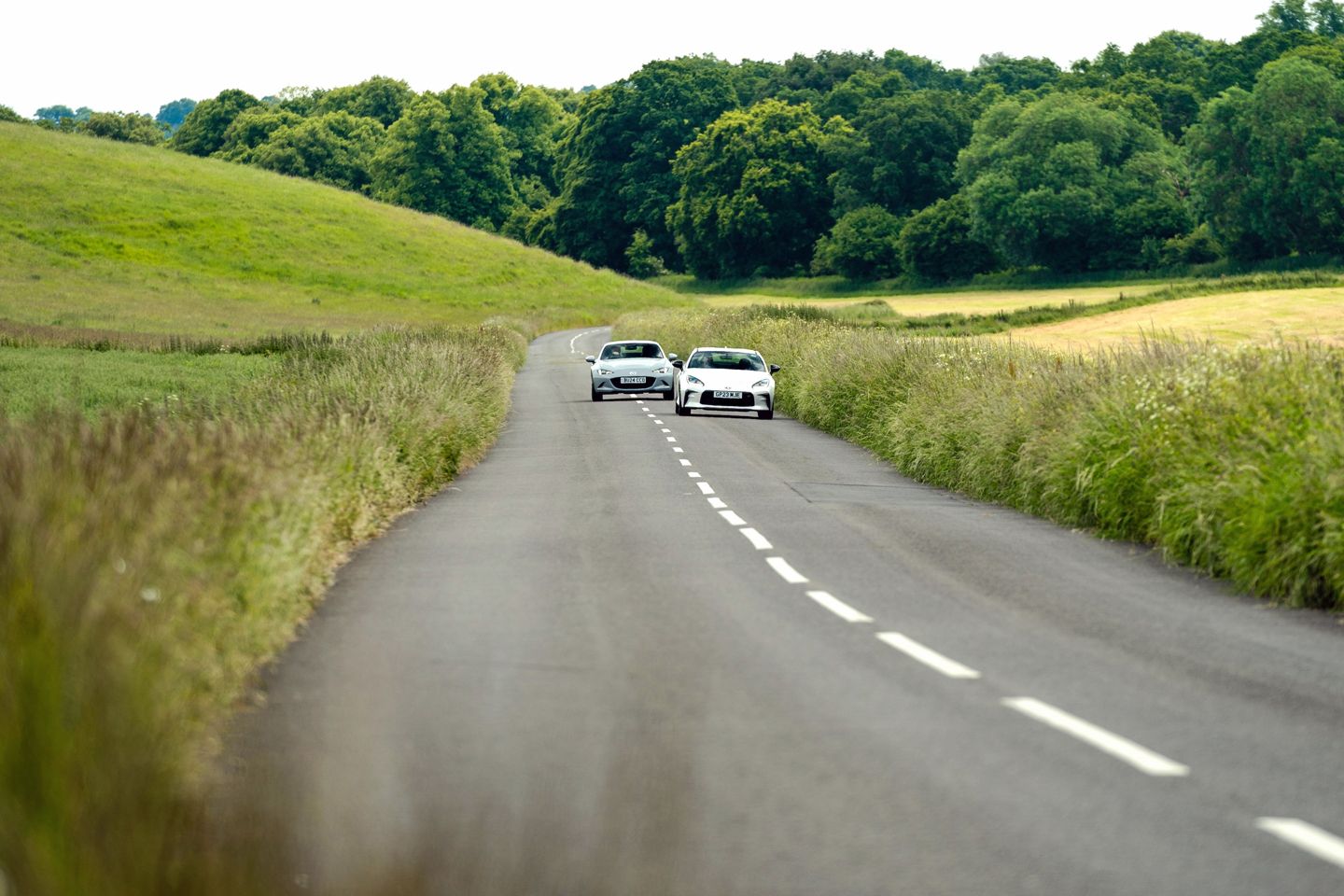


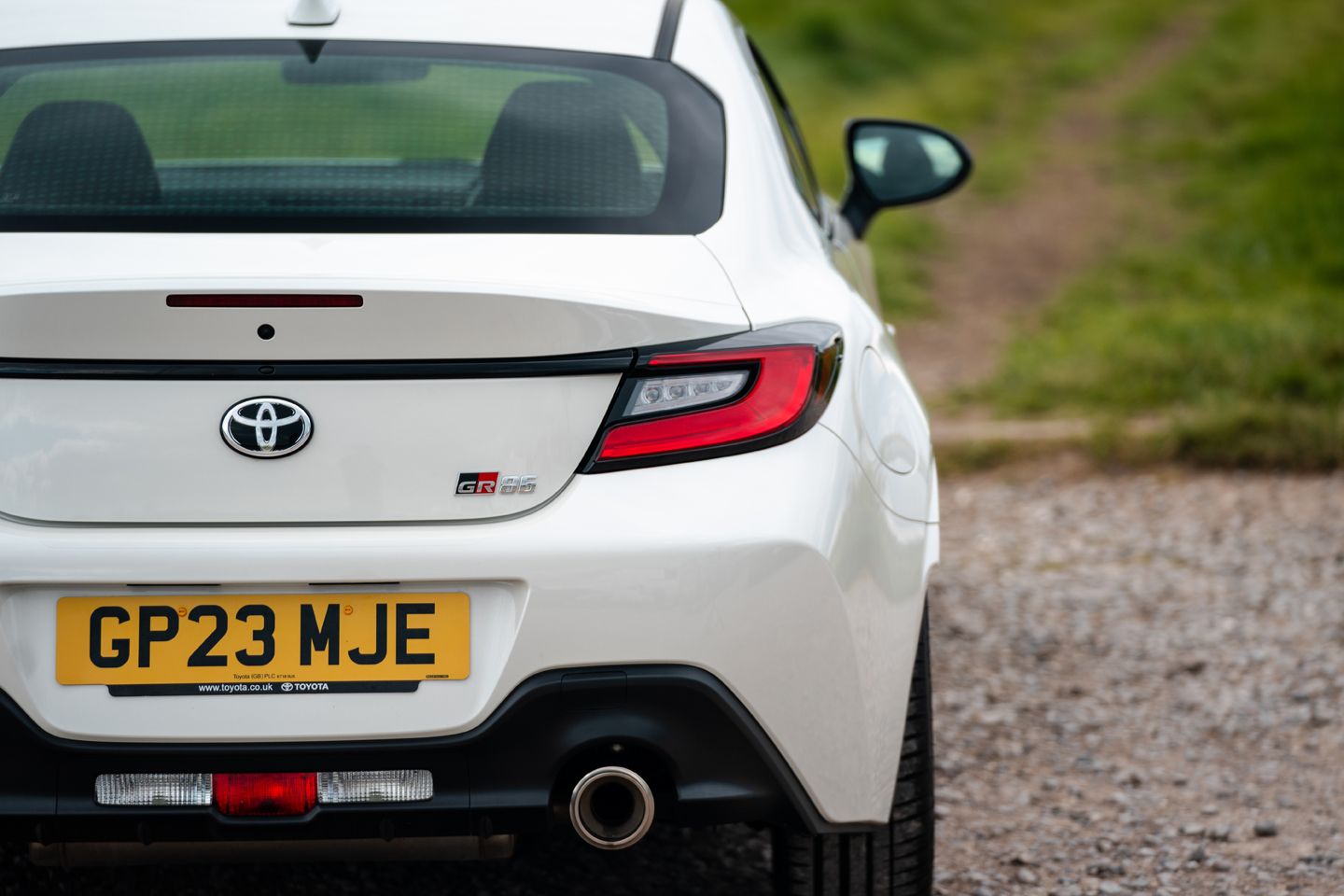
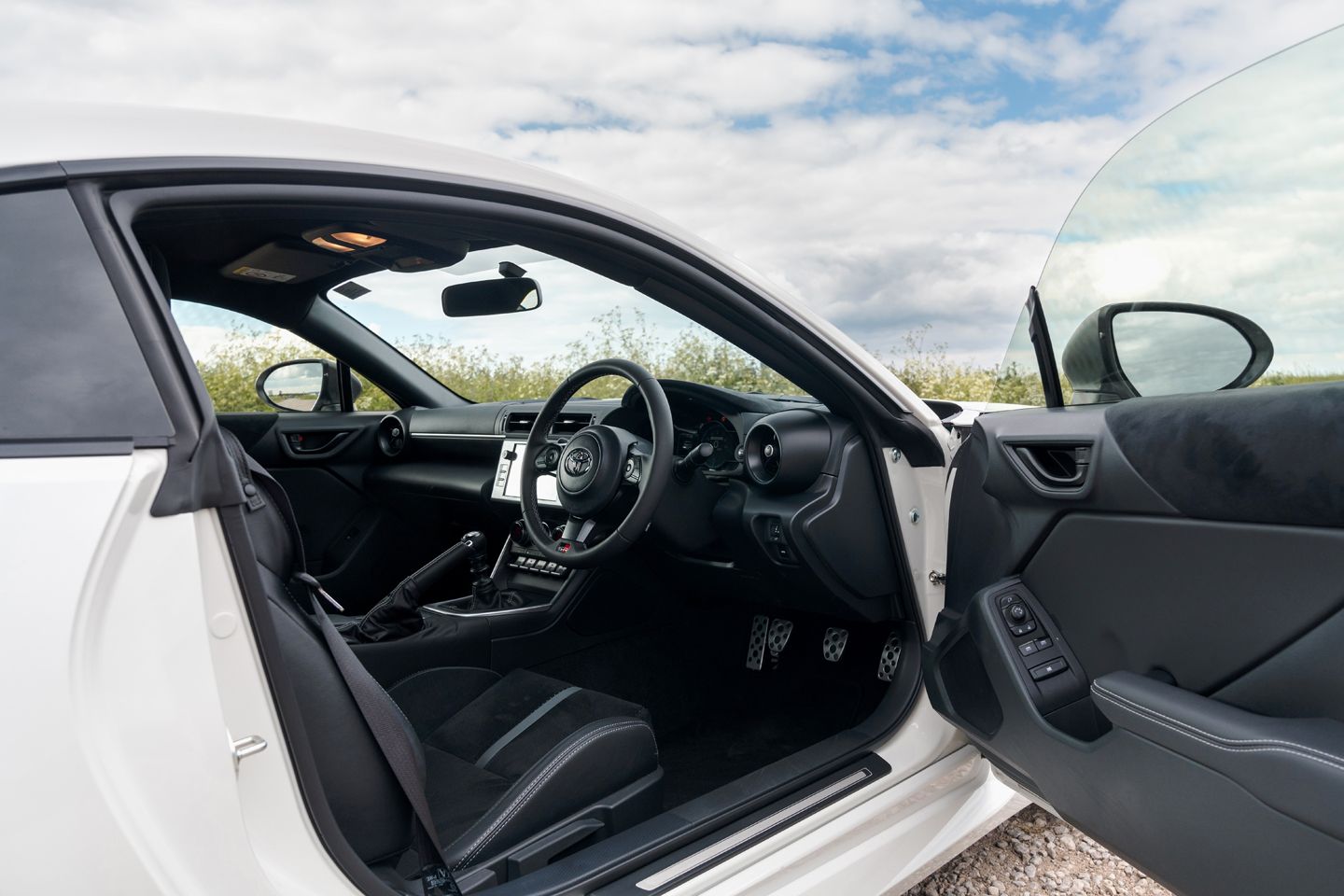
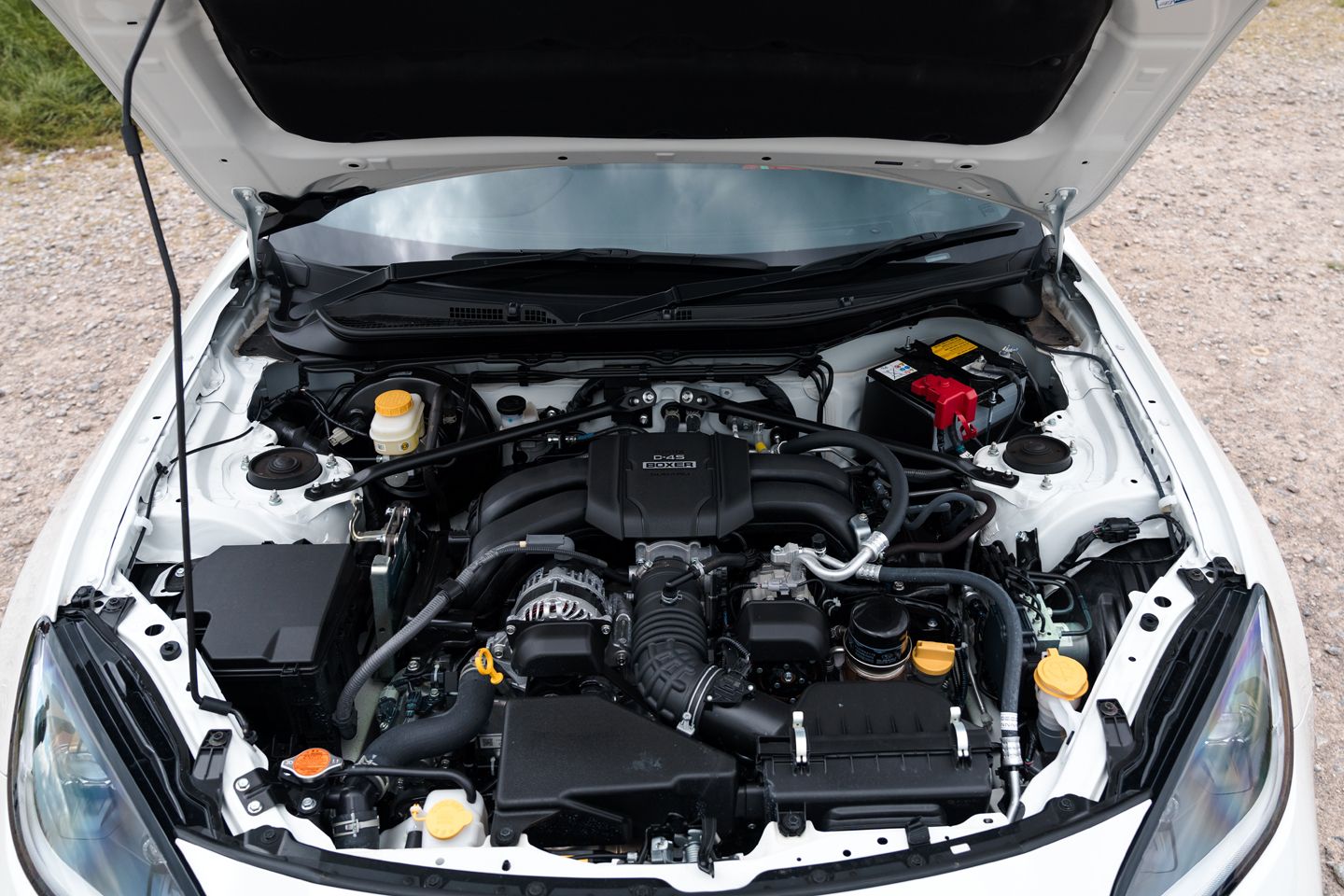

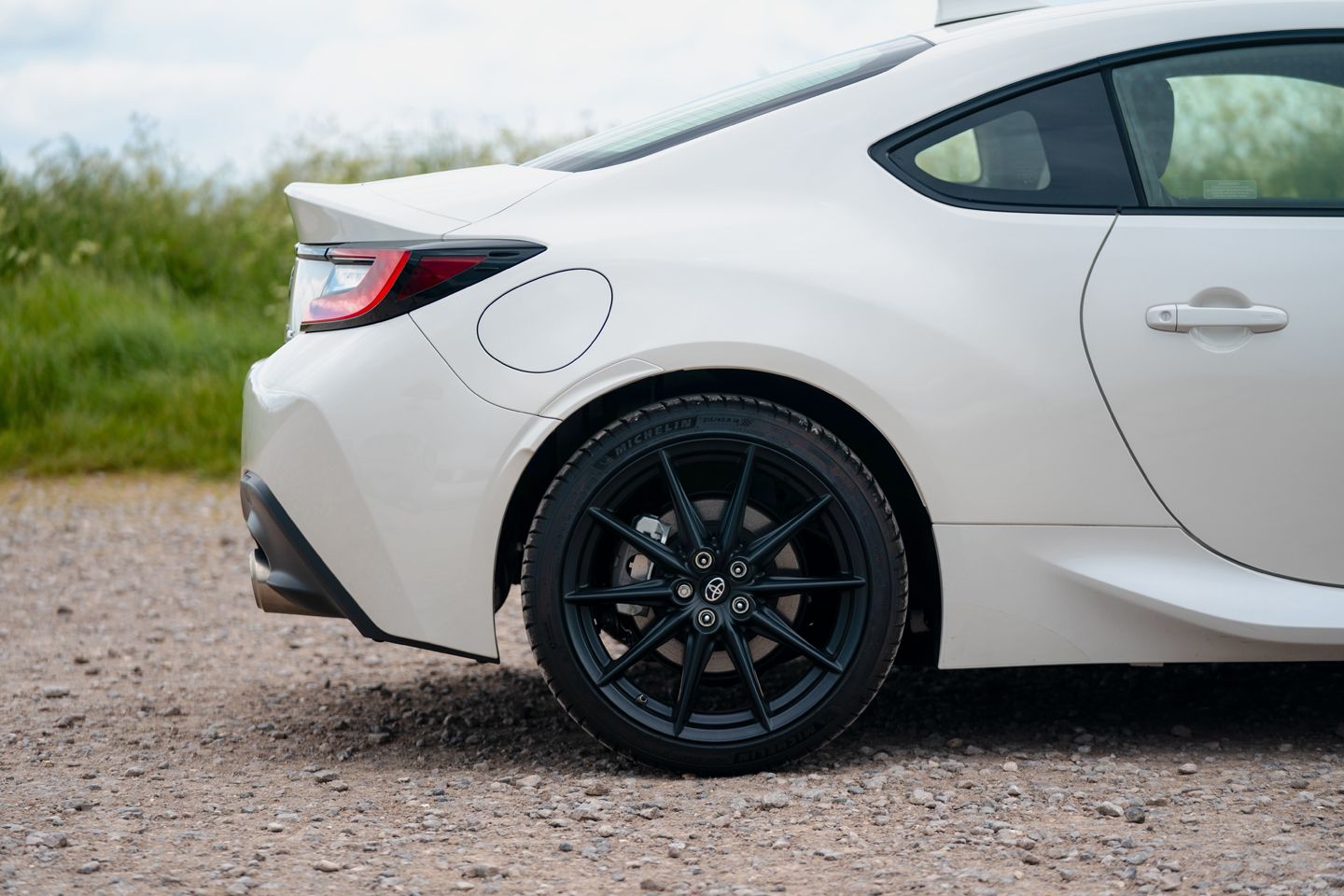
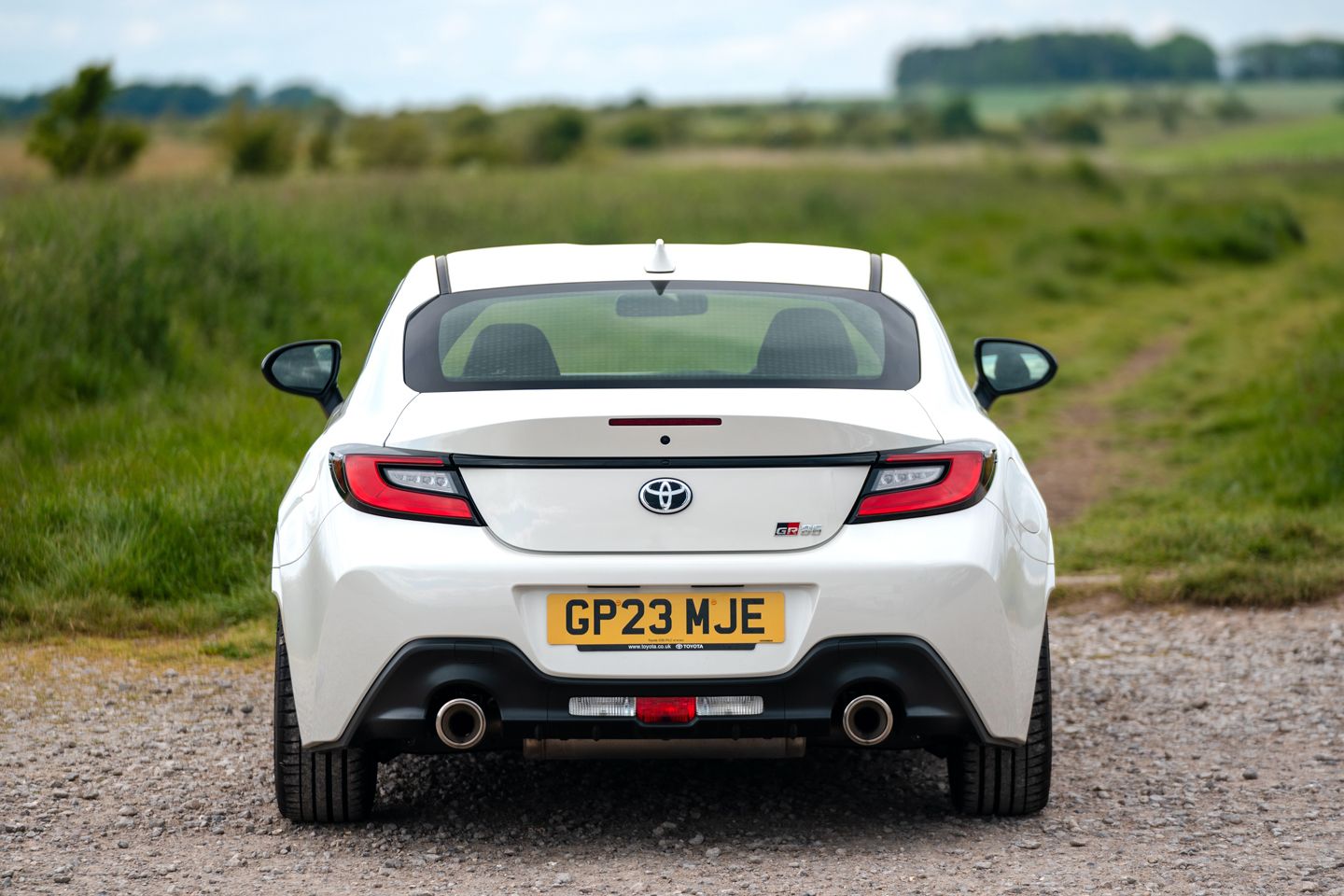

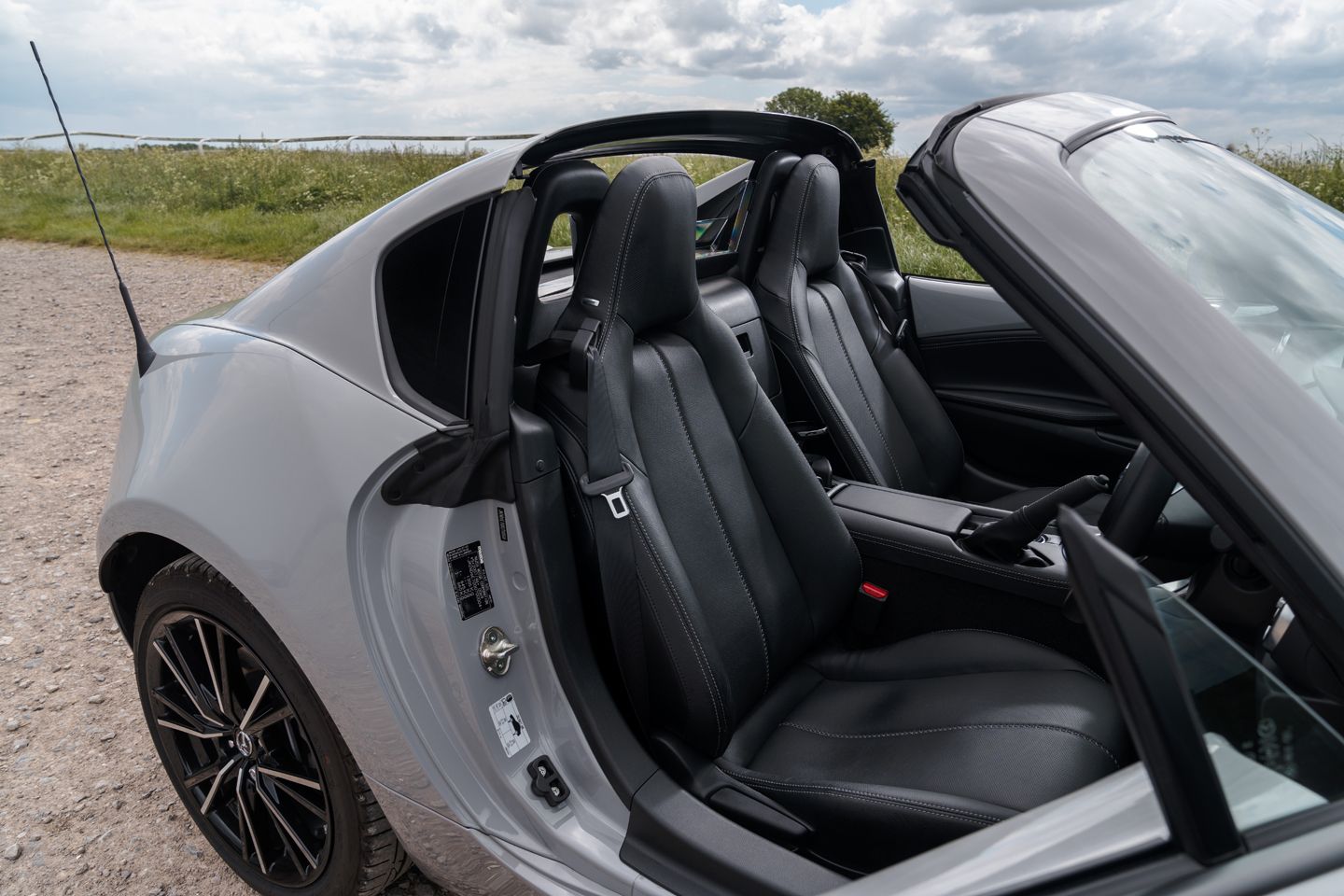
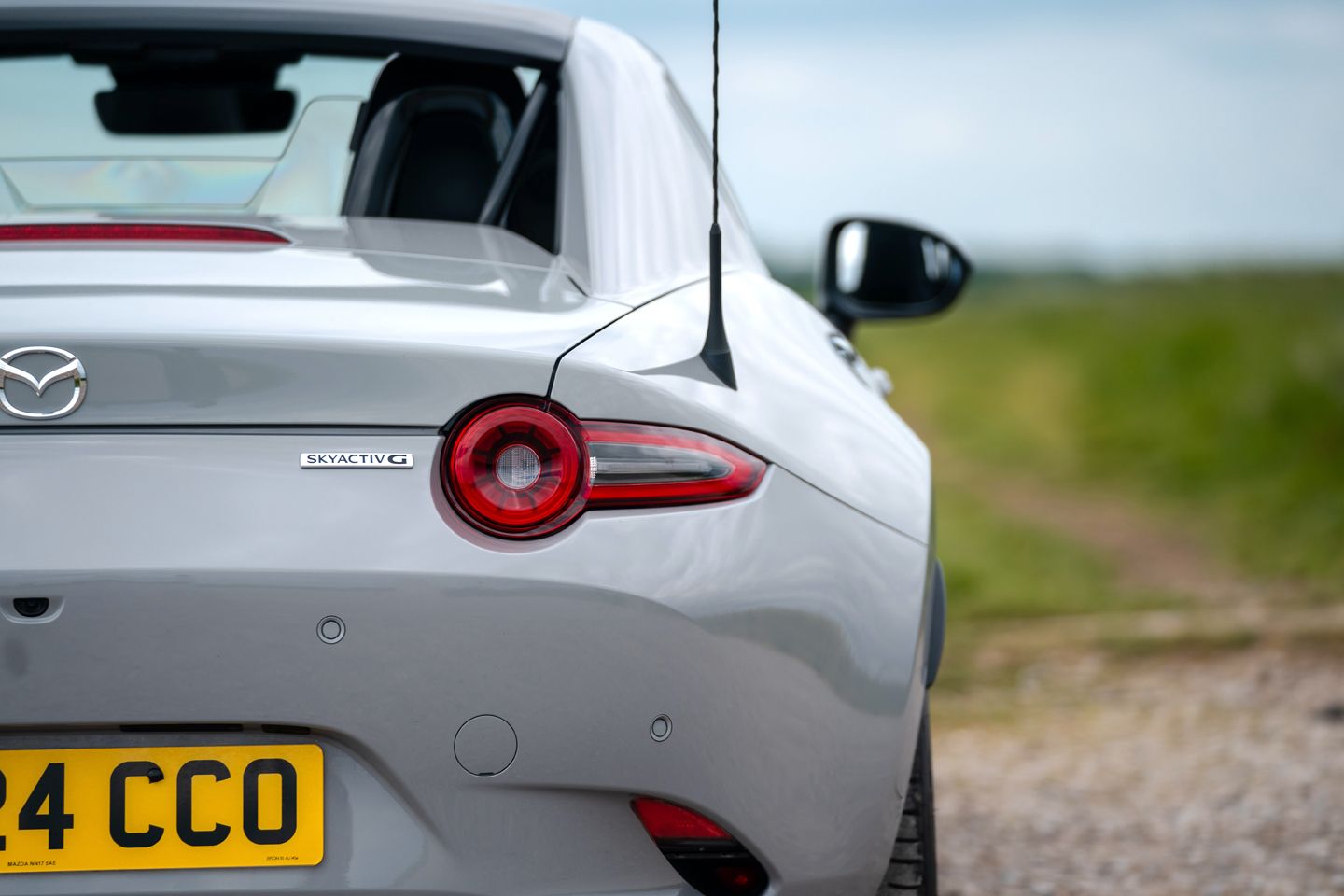
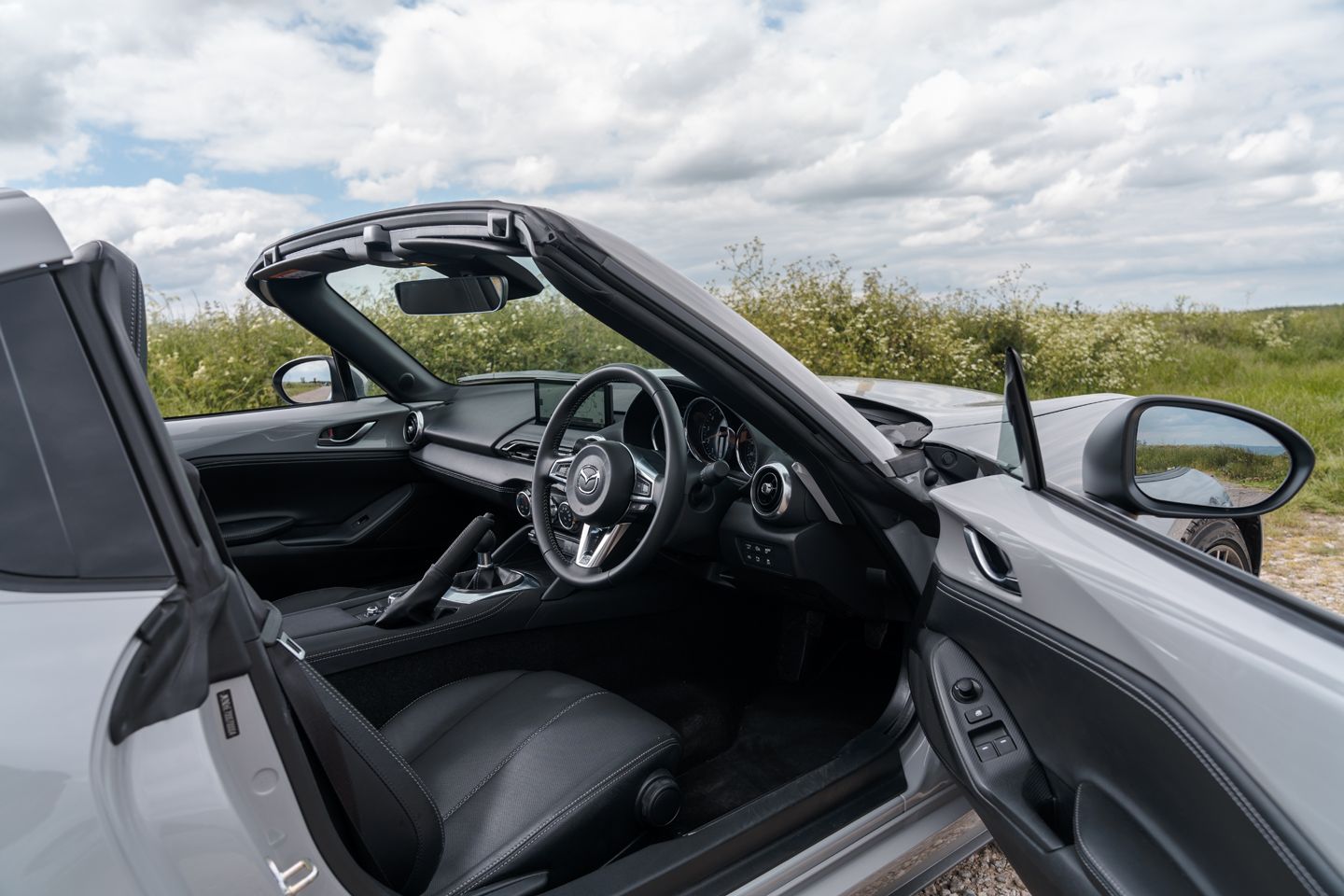
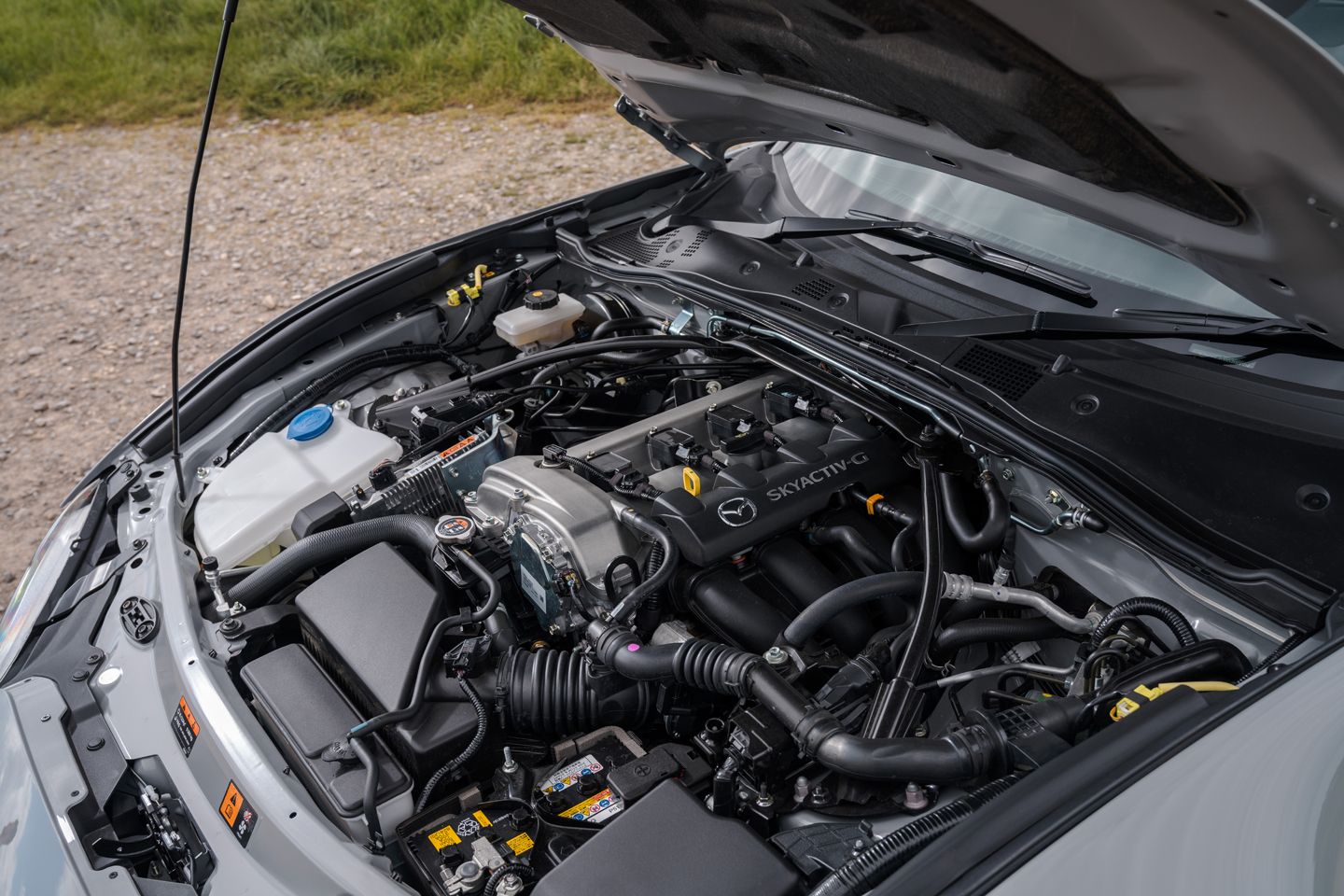
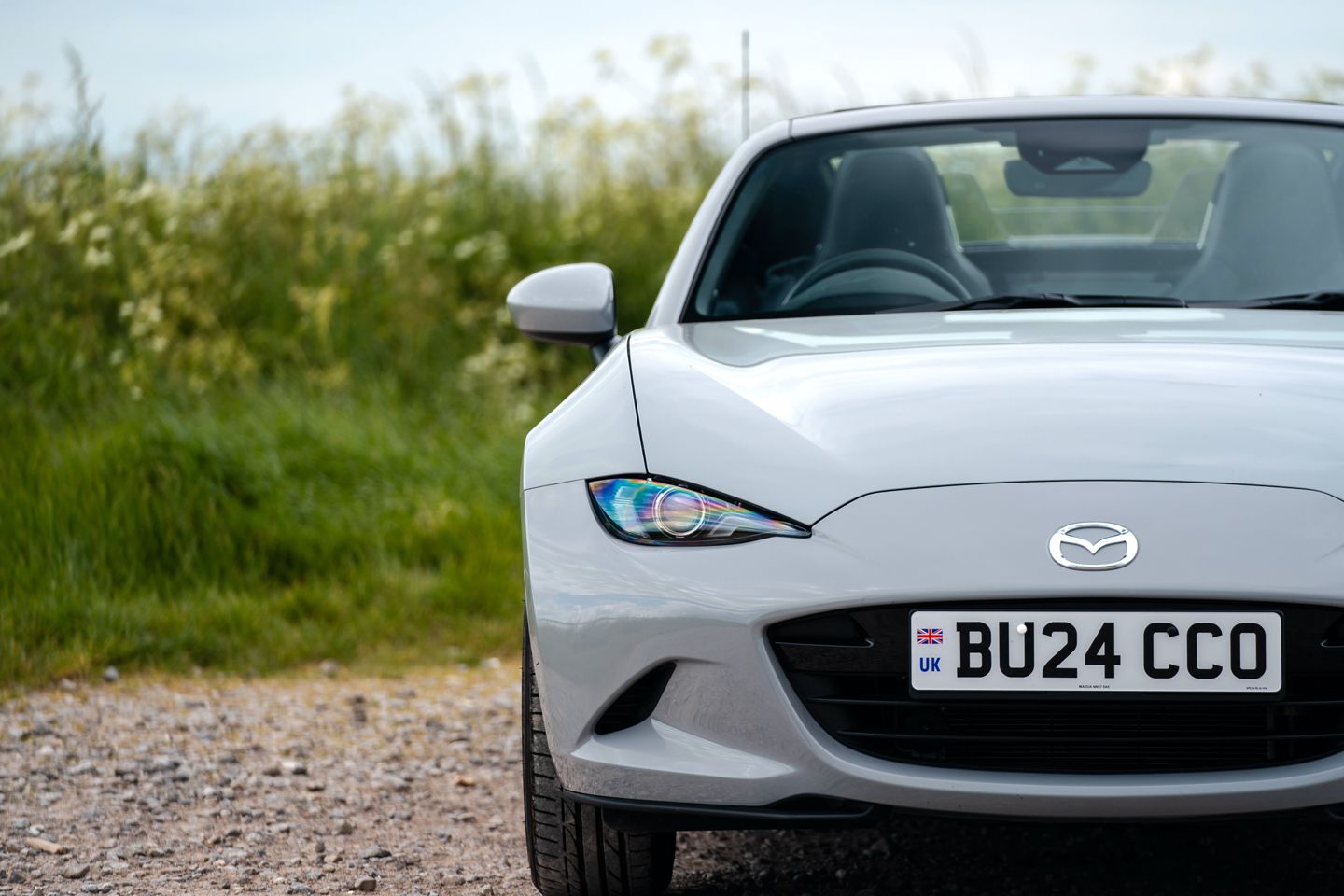
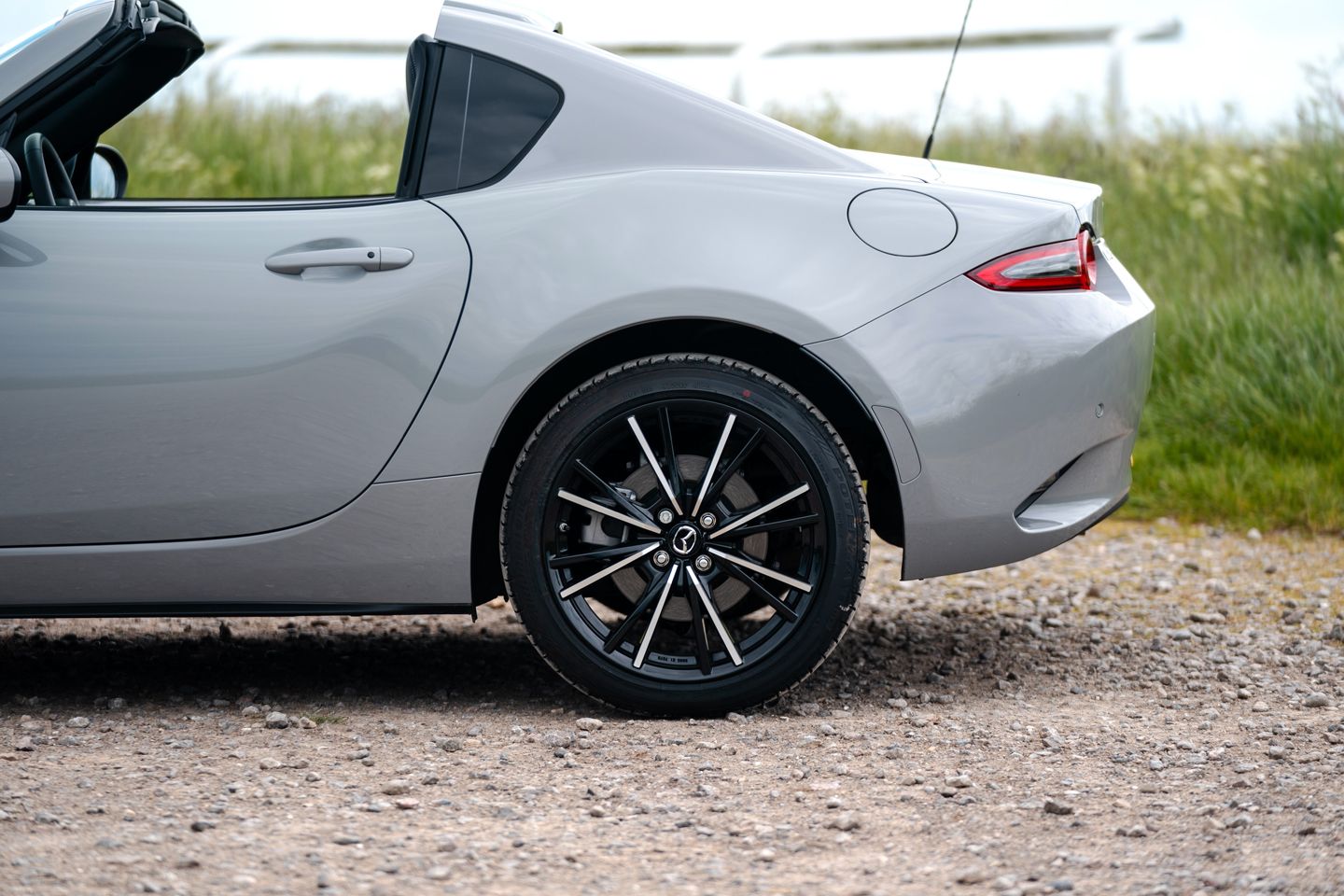
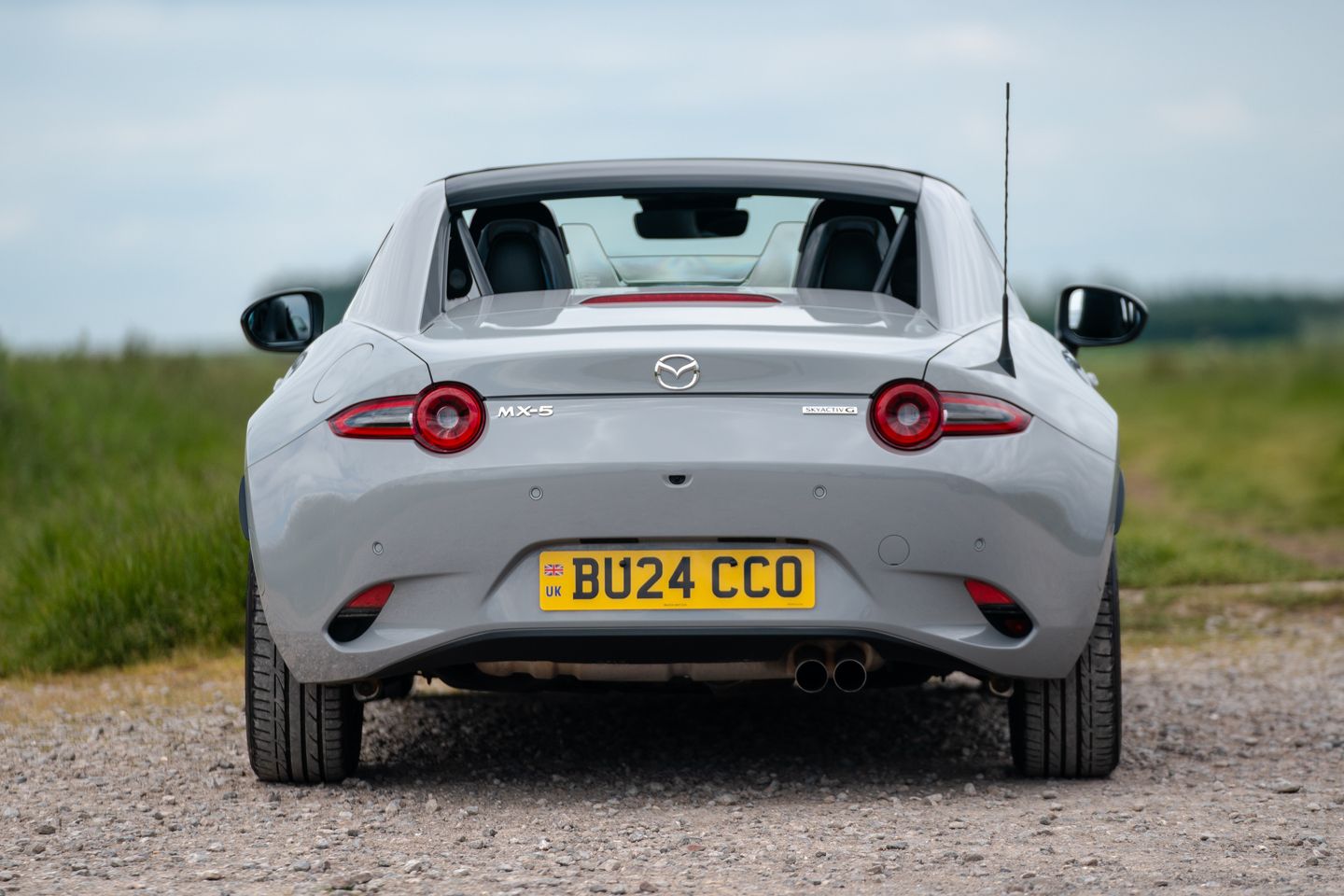
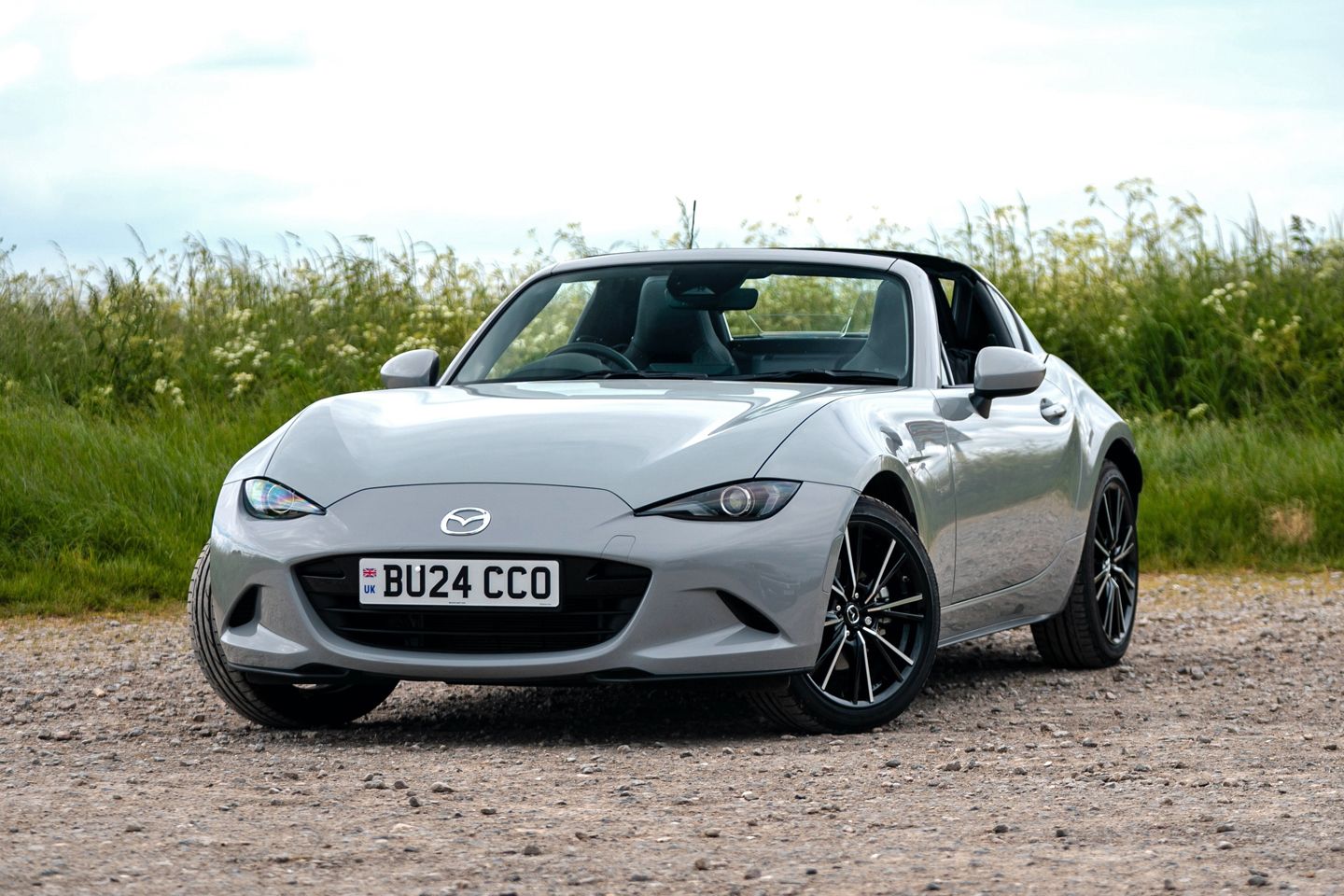
Gassing Station | General Gassing | Top of Page | What's New | My Stuff



